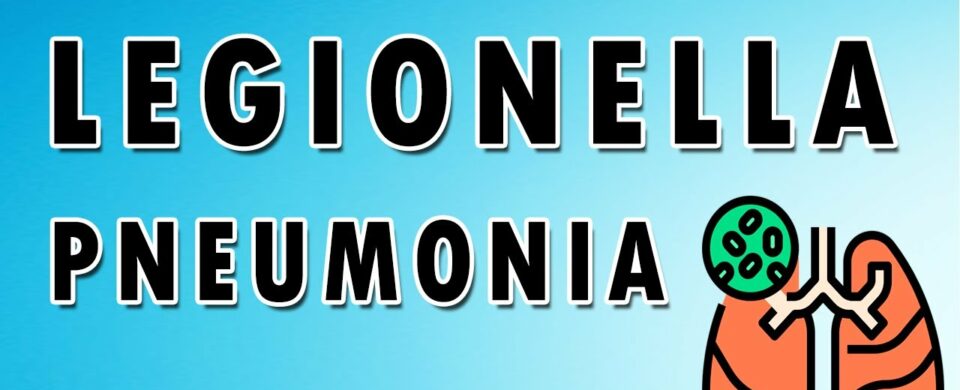Legionella Infection
Legionella infection, also known as Legionellosis, is a type of bacterial infection caused by the Legionella bacteria. The most common forms of Legionella infection are Legionnaires’ disease and Pontiac fever.
1. Legionnaires’ Disease: This is the more severe form of Legionella infection and is characterized by a severe form of pneumonia. It can lead to symptoms such as high fever, chills, cough, muscle aches, and shortness of breath. The disease can range from mild to severe, with some cases leading to respiratory failure and even death. Legionnaires’ disease is usually acquired by inhaling water droplets containing the Legionella bacteria, often found in sources such as cooling towers, hot tubs, showers, and large plumbing systems. People at higher risk of developing severe illness include those with weakened immune systems, older adults, and individuals with underlying health conditions.
2. Pontiac Fever: This is a milder form of Legionella infection. Symptoms of Pontiac fever include fever, headache, muscle aches, and a general feeling of malaise. Unlike Legionnaires’ disease, Pontiac fever does not cause pneumonia and usually resolves on its own without specific medical treatment. It’s believed that Pontiac fever is caused by a different species of Legionella bacteria or a lower dose of the bacteria.
Legionella bacteria are naturally found in freshwater environments such as lakes and rivers, but they can multiply to dangerous levels in man-made water systems if the conditions are right. The bacteria thrive in warm water and are often associated with poorly maintained or stagnant water systems, including cooling towers, hot water tanks, hot tubs, and decorative fountains.
Diagnosis of Legionella infection usually involves clinical evaluation, chest X-rays, and laboratory tests such as sputum or urine cultures. Early diagnosis is important for prompt treatment with appropriate antibiotics.
Preventing Legionella infection involves maintaining proper water management and hygiene in man-made water systems. Regular cleaning, disinfection, and monitoring of cooling towers, hot water systems, and other potential sources of Legionella growth are crucial to preventing outbreaks. Additionally, guidelines for building design and maintenance can help reduce the risk of Legionella contamination.
If you suspect you have been exposed to Legionella bacteria and are experiencing symptoms, especially respiratory symptoms, it’s important to seek medical attention. Prompt treatment with appropriate antibiotics can significantly improve outcomes for individuals with Legionnaires’ disease.
Remember that my information is accurate up to September 2021, and there may have been developments or changes since that time. Always consult with a medical professional or trusted sources for the most current and accurate information.
Comments are closed.

